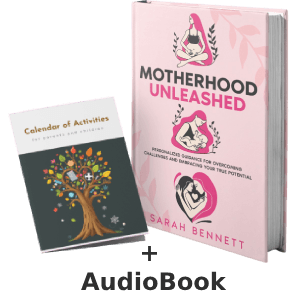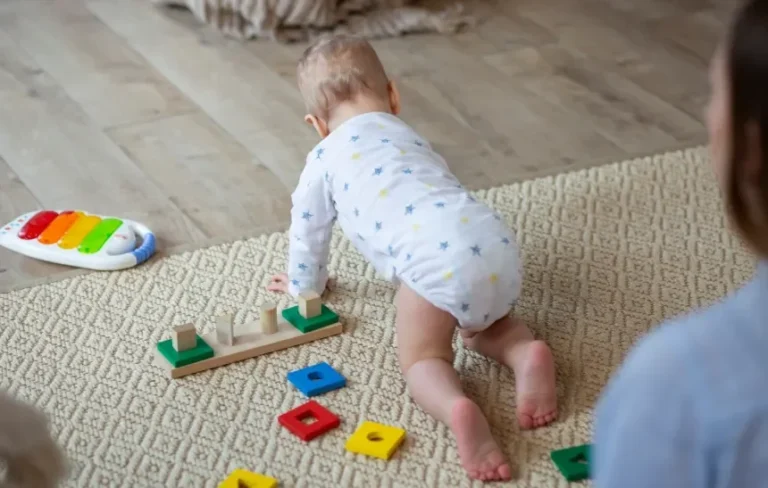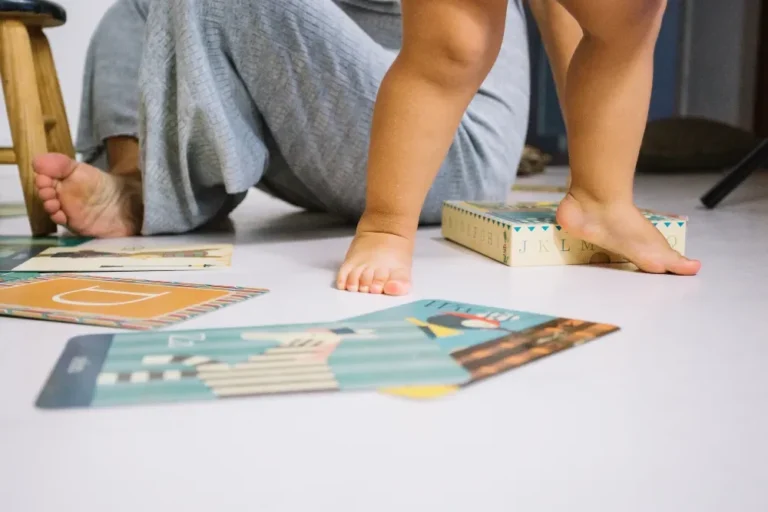Welcoming a newborn into your family is one of life’s most magical—and overwhelming—experiences. As first-time parents in 2026, you’re stepping into a world of tiny onesies, midnight feedings, and endless questions. But don’t worry: with the right newborn tips, you can turn uncertainty into confidence. This comprehensive guide is packed with practical, research-backed newborn care strategies and baby advice tailored for modern parents. From mastering diaper changes to understanding your baby’s cries, we’ve got you covered. Let’s dive into the ultimate newborn tips that will help you thrive in your parenting journey.
Essential Newborn Care Basics Every Parent Should Know
The first few weeks with your baby are all about building routines and bonding. Let’s start with the fundamentals of newborn care that form the foundation of a healthy, happy start.
Feeding Your Newborn: Breast, Bottle, or Both?

Feeding is often the biggest concern for first-time parents. Whether you choose breastfeeding, formula, or a combination, success comes down to consistency and listening to your baby’s cues.
- Breastfeeding Tips: Skin-to-skin contact right after birth boosts milk production and bonding. Aim for 8–12 feedings in 24 hours. If latching is tricky, try the “laid-back” position—lean back and let gravity help your baby find the breast.
- Formula Feeding: Use iron-fortified formula and follow preparation instructions exactly. Sterilize bottles with boiling water or a steam sterilizer, especially in the early weeks.
- Paced Bottle Feeding: Hold the bottle horizontally to control flow and prevent overfeeding. This mimics breastfeeding and reduces gas.
Real Example: Sarah, a first-time mom in Seattle, struggled with low milk supply. She combined breastfeeding with pumped milk and formula top-ups. By week six, her supply stabilized, and her baby thrived on the hybrid approach.
Sleep Safety and Patterns

Safe sleep is non-negotiable. The American Academy of Pediatrics (AAP) recommends the ABC rule: Alone, on their Back, in a Crib. Use a firm, flat mattress with a fitted sheet—no pillows, blankets, or toys until at least 12 months.
Newborns sleep 14–17 hours a day but in short bursts. Establish a daytime/nighttime difference by keeping days bright and active, nights dark and quiet.
Baby Advice: Swaddling mimics the womb and reduces the startle reflex. Use lightweight, breathable muslin swaddles and stop once your baby shows signs of rolling (usually around 2–4 months).
Mastering Diapering and Hygiene Like a Pro
Diaper duty is a rite of passage. Here’s how to handle it with ease and keep your baby comfortable.

Choosing the Right Diapers
| Cloth Diapers | Disposable Diapers |
|---|---|
| Pros: Eco-friendly, cost-effective long-term, customizable fit | Pros: Convenient, highly absorbent, easy cleanup |
| Cons: Requires frequent washing, learning curve for folding | Cons: Generates waste, ongoing cost |
| Best For: Parents committed to sustainability | Best For: Busy schedules or travel |
Tip: Stock up on newborn-sized disposables for the first month—babies go through 10–12 diapers daily. For cloth, invest in 24–30 to avoid constant laundry.
Bathing Your Newborn
Sponge baths are safest until the umbilical cord stump falls off (1–3 weeks). Use lukewarm water (around 100°F) and a mild, fragrance-free cleanser. Bathe 2–3 times a week to avoid drying out delicate skin.
Hypothetical Scenario: Imagine it’s 2 a.m., and your baby has a blowout. Keep a “diaper station” with wipes, rash cream (zinc oxide-based), and spare onesies within arm’s reach. Quick cleanup = less crying (for both of you).
Decoding Baby Cries and Building Communication
Crying is your newborn’s only way to communicate. Learning the “language” of cries is a game-changer for first-time parents.
The 5 Universal Cry Types (Dunstan Baby Language)
- Neh – Hungry (tongue against roof of mouth)
- Owh – Tired (oval mouth shape)
- Heh – Discomfort (sharp “h” sound) 4s. Eairh – Gas/lower wind (grunting)
- Eh – Needs burping (short, abrupt)
Newborn Tip: Keep a cry log for the first two weeks. Note time, cry type, and what helped. Patterns emerge fast.
Real-World Example: Mike and Lisa noticed their son’s “Eairh” cries peaked at 7 p.m. They started a pre-bedtime bicycle leg routine to release trapped gas—colic episodes dropped 80%.
Common Challenges and How to Overcome Them
Every parent faces hurdles. Here’s how to tackle the big ones with proven baby advice.
Colic and Fussy Evenings
Colic—defined as crying for 3+ hours a day, 3+ days a week—affects up to 25% of babies. Causes are unclear, but overstimulation and immature digestion are likely culprits.
Solutions:
- The 5 S’s (Dr. Harvey Karp): Swaddle, Side/Stomach position (while holding), Shush, Swing, Suck.
- Probiotic drops (Lactobacillus reuteri) reduced crying time by 50% in some studies.
- Take turns with your partner to avoid burnout.
Jaundice
Up to 60% of full-term newborns develop mild jaundice due to high bilirubin. Phototherapy at home (fiberoptic blankets) is now common in 2026 for moderate cases.
Myth Bust: Sunlight through a window does not treat jaundice effectively. Direct medical-grade light or increased feeding is key.
Sleep Regression Fears
The dreaded 4-month sleep regression isn’t universal. Focus on flexible routines rather than rigid schedules. A consistent bedtime ritual (bath, book, bed) works wonders.
Advanced Newborn Tips for Long-Term Success
Once the basics are down, level up with strategies that pay off for years.

Tummy Time 2.0
Start tummy time from day one for 1–2 minutes, 2–3 times daily. By month three, aim for 20 minutes total. Use a mirror or colorful toys to engage.
Benefit: Strengthens neck, shoulder, and core muscles—key for rolling, crawling, and preventing flat head syndrome.
Sensory Play on a Budget
No need for fancy gadgets. Household items work:
- Black-and-white contrast cards (print free online) for visual tracking.
- Crinkly fabric or a clean sock filled with rice for auditory stimulation.
- Gentle massage with coconut oil post-bath for tactile bonding.
Tech-Savvy Parenting in 2026
Smart monitors now track heart rate, oxygen levels, and sleep cycles via wearable bands. Apps like Huckleberry offer AI-powered nap predictions. Use tech as a tool, not a crutch—your intuition is still gold.
Conclusion: Your Parenting Journey Starts Now
You’ve just unlocked the ultimate newborn tips for 2026—from feeding and sleep to conquering colic and building bonds. Newborn care doesn’t have to be perfect; it just has to be loving and consistent. As first-time parents, trust your instincts, lean on your village, and celebrate the small wins (like that first full night of sleep!).
Start implementing one tip today—maybe perfecting the swaddle or setting up a diaper station. Your future self (and your baby) will thank you. Here’s to the messy, beautiful adventure of parenthood!
Improving parenting skills and communication

Frequently Asked Questions
How often should I feed my newborn at night?
Newborns typically feed every 2–3 hours, including overnight. Follow hunger cues rather than the clock—most outgrow night feedings by 3–6 months.
Is it normal for my baby to lose weight after birth?
Yes, up to 10% weight loss in the first week is normal due to fluid loss. Most regain birth weight by 10–14 days with adequate feeding.
When can I take my newborn outside?
Short outings are fine after the first week if the baby is bundled appropriately. Avoid crowded indoor spaces until 2 months to reduce infection risk.
How do I know if my baby has diaper rash or something worse?
Mild redness responds to zinc oxide cream and frequent changes. Persistent rash, blisters, or fever warrants a pediatrician visit.
What’s the best way to burp a sleepy newborn?
Try the “over-the-shoulder” hold with gentle back pats or the seated “lap burp” with chin support. If they doze off, a quick bicycle leg motion often releases trapped air.









